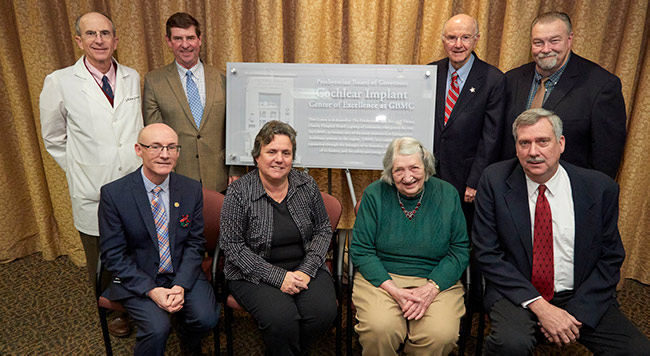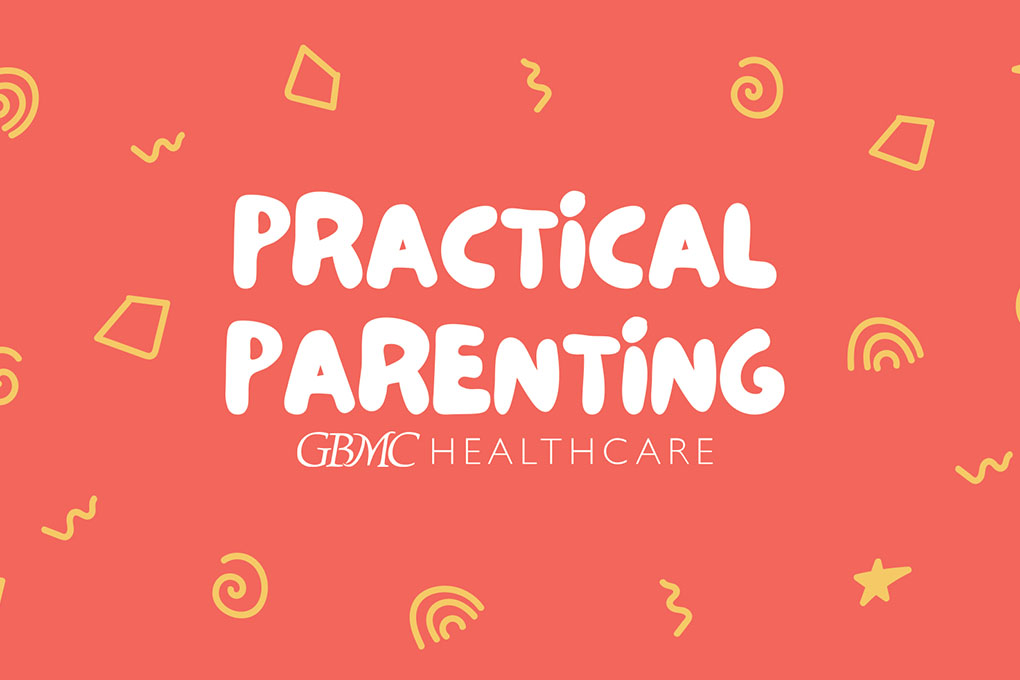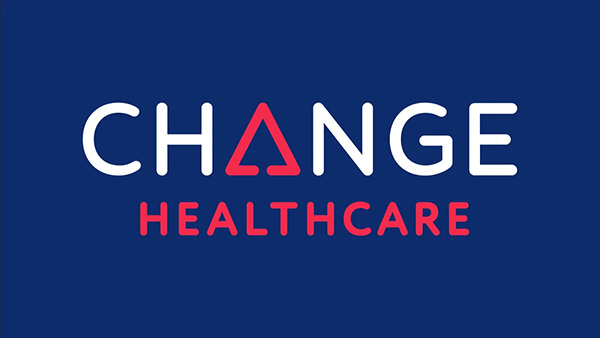Error message
Warning: Undefined array key 0 in _createNestedMenu() (line 96 of modules/custom/hg_mercury_dxe_features/modules/hg_mercury_menu/hg_mercury_menu.module).
_createNestedMenu() (Line: 37)
hg_mercury_menu_preprocess_paragraph__mercury_menu()
call_user_func_array() (Line: 261)
Drupal\Core\Theme\ThemeManager->render() (Line: 491)
Drupal\Core\Render\Renderer->doRender() (Line: 248)
Drupal\Core\Render\Renderer->render() (Line: 484)
Drupal\Core\Template\TwigExtension->escapeFilter() (Line: 90)
__TwigTemplate_01f42b1be6dd9cfbc58930a89797d789->doDisplay() (Line: 388)
Twig\Template->yield() (Line: 344)
Twig\Template->display() (Line: 359)
Twig\Template->render() (Line: 51)
Twig\TemplateWrapper->render() (Line: 33)
twig_render_template() (Line: 348)
Drupal\Core\Theme\ThemeManager->render() (Line: 491)
Drupal\Core\Render\Renderer->doRender() (Line: 504)
Drupal\Core\Render\Renderer->doRender() (Line: 248)
Drupal\Core\Render\Renderer->render() (Line: 484)
Drupal\Core\Template\TwigExtension->escapeFilter() (Line: 86)
__TwigTemplate_cfa64c7f147902cf882b29558a9f3336->block_content() (Line: 432)
Twig\Template->yieldBlock() (Line: 69)
__TwigTemplate_cfa64c7f147902cf882b29558a9f3336->doDisplay() (Line: 388)
Twig\Template->yield() (Line: 344)
Twig\Template->display() (Line: 359)
Twig\Template->render() (Line: 51)
Twig\TemplateWrapper->render() (Line: 33)
twig_render_template() (Line: 348)
Drupal\Core\Theme\ThemeManager->render() (Line: 491)
Drupal\Core\Render\Renderer->doRender() (Line: 504)
Drupal\Core\Render\Renderer->doRender() (Line: 248)
Drupal\Core\Render\Renderer->render() (Line: 484)
Drupal\Core\Template\TwigExtension->escapeFilter() (Line: 535)
__TwigTemplate_85491af8a899340ec66d2fe705a0e9ed->doDisplay() (Line: 388)
Twig\Template->yield() (Line: 344)
Twig\Template->display() (Line: 359)
Twig\Template->render() (Line: 51)
Twig\TemplateWrapper->render() (Line: 33)
twig_render_template() (Line: 348)
Drupal\Core\Theme\ThemeManager->render() (Line: 491)
Drupal\Core\Render\Renderer->doRender() (Line: 248)
Drupal\Core\Render\Renderer->render() (Line: 238)
Drupal\Core\Render\MainContent\HtmlRenderer->Drupal\Core\Render\MainContent\{closure}() (Line: 638)
Drupal\Core\Render\Renderer->executeInRenderContext() (Line: 231)
Drupal\Core\Render\MainContent\HtmlRenderer->prepare() (Line: 128)
Drupal\Core\Render\MainContent\HtmlRenderer->renderResponse() (Line: 90)
Drupal\Core\EventSubscriber\MainContentViewSubscriber->onViewRenderArray()
call_user_func() (Line: 111)
Drupal\Component\EventDispatcher\ContainerAwareEventDispatcher->dispatch() (Line: 186)
Symfony\Component\HttpKernel\HttpKernel->handleRaw() (Line: 76)
Symfony\Component\HttpKernel\HttpKernel->handle() (Line: 53)
Drupal\Core\StackMiddleware\Session->handle() (Line: 48)
Drupal\Core\StackMiddleware\KernelPreHandle->handle() (Line: 28)
Drupal\Core\StackMiddleware\ContentLength->handle() (Line: 201)
Drupal\page_cache\StackMiddleware\PageCache->fetch() (Line: 138)
Drupal\page_cache\StackMiddleware\PageCache->lookup() (Line: 87)
Drupal\page_cache\StackMiddleware\PageCache->handle() (Line: 48)
Drupal\Core\StackMiddleware\ReverseProxyMiddleware->handle() (Line: 51)
Drupal\Core\StackMiddleware\NegotiationMiddleware->handle() (Line: 36)
Drupal\Core\StackMiddleware\AjaxPageState->handle() (Line: 51)
Drupal\Core\StackMiddleware\StackedHttpKernel->handle() (Line: 741)
Drupal\Core\DrupalKernel->handle() (Line: 19)
Warning: Trying to access array offset on null in _createNestedMenu() (line 96 of modules/custom/hg_mercury_dxe_features/modules/hg_mercury_menu/hg_mercury_menu.module).
_createNestedMenu() (Line: 37)
hg_mercury_menu_preprocess_paragraph__mercury_menu()
call_user_func_array() (Line: 261)
Drupal\Core\Theme\ThemeManager->render() (Line: 491)
Drupal\Core\Render\Renderer->doRender() (Line: 248)
Drupal\Core\Render\Renderer->render() (Line: 484)
Drupal\Core\Template\TwigExtension->escapeFilter() (Line: 90)
__TwigTemplate_01f42b1be6dd9cfbc58930a89797d789->doDisplay() (Line: 388)
Twig\Template->yield() (Line: 344)
Twig\Template->display() (Line: 359)
Twig\Template->render() (Line: 51)
Twig\TemplateWrapper->render() (Line: 33)
twig_render_template() (Line: 348)
Drupal\Core\Theme\ThemeManager->render() (Line: 491)
Drupal\Core\Render\Renderer->doRender() (Line: 504)
Drupal\Core\Render\Renderer->doRender() (Line: 248)
Drupal\Core\Render\Renderer->render() (Line: 484)
Drupal\Core\Template\TwigExtension->escapeFilter() (Line: 86)
__TwigTemplate_cfa64c7f147902cf882b29558a9f3336->block_content() (Line: 432)
Twig\Template->yieldBlock() (Line: 69)
__TwigTemplate_cfa64c7f147902cf882b29558a9f3336->doDisplay() (Line: 388)
Twig\Template->yield() (Line: 344)
Twig\Template->display() (Line: 359)
Twig\Template->render() (Line: 51)
Twig\TemplateWrapper->render() (Line: 33)
twig_render_template() (Line: 348)
Drupal\Core\Theme\ThemeManager->render() (Line: 491)
Drupal\Core\Render\Renderer->doRender() (Line: 504)
Drupal\Core\Render\Renderer->doRender() (Line: 248)
Drupal\Core\Render\Renderer->render() (Line: 484)
Drupal\Core\Template\TwigExtension->escapeFilter() (Line: 535)
__TwigTemplate_85491af8a899340ec66d2fe705a0e9ed->doDisplay() (Line: 388)
Twig\Template->yield() (Line: 344)
Twig\Template->display() (Line: 359)
Twig\Template->render() (Line: 51)
Twig\TemplateWrapper->render() (Line: 33)
twig_render_template() (Line: 348)
Drupal\Core\Theme\ThemeManager->render() (Line: 491)
Drupal\Core\Render\Renderer->doRender() (Line: 248)
Drupal\Core\Render\Renderer->render() (Line: 238)
Drupal\Core\Render\MainContent\HtmlRenderer->Drupal\Core\Render\MainContent\{closure}() (Line: 638)
Drupal\Core\Render\Renderer->executeInRenderContext() (Line: 231)
Drupal\Core\Render\MainContent\HtmlRenderer->prepare() (Line: 128)
Drupal\Core\Render\MainContent\HtmlRenderer->renderResponse() (Line: 90)
Drupal\Core\EventSubscriber\MainContentViewSubscriber->onViewRenderArray()
call_user_func() (Line: 111)
Drupal\Component\EventDispatcher\ContainerAwareEventDispatcher->dispatch() (Line: 186)
Symfony\Component\HttpKernel\HttpKernel->handleRaw() (Line: 76)
Symfony\Component\HttpKernel\HttpKernel->handle() (Line: 53)
Drupal\Core\StackMiddleware\Session->handle() (Line: 48)
Drupal\Core\StackMiddleware\KernelPreHandle->handle() (Line: 28)
Drupal\Core\StackMiddleware\ContentLength->handle() (Line: 201)
Drupal\page_cache\StackMiddleware\PageCache->fetch() (Line: 138)
Drupal\page_cache\StackMiddleware\PageCache->lookup() (Line: 87)
Drupal\page_cache\StackMiddleware\PageCache->handle() (Line: 48)
Drupal\Core\StackMiddleware\ReverseProxyMiddleware->handle() (Line: 51)
Drupal\Core\StackMiddleware\NegotiationMiddleware->handle() (Line: 36)
Drupal\Core\StackMiddleware\AjaxPageState->handle() (Line: 51)
Drupal\Core\StackMiddleware\StackedHttpKernel->handle() (Line: 741)
Drupal\Core\DrupalKernel->handle() (Line: 19)
The PEETCH Family
Serving the community and maintaining an outstanding reputation in the fields of ophthalmology and otolaryngology was the Presbyterian Eye, Ear & Throat Charity Hospital's (PEETCH) original legacy, dating back to the late 1800s. Their Board of Governors' recent leadership gift created a permanent and lasting legacy within the walls of GBMC that will sustain and grow the Cochlear Implant Center as well as serve as a national model for other cochlear implant centers around the globe.
"It was really the idea that we could have such an impact," Stephen Plano, current Board of Governors' President, said of the group's decision to make this gift. "As well as a concern that if somebody didn’t do something, the program didn't seem sustainable otherwise. It was unanimous.
"We had a preschooler at Havenwood Presbyterian Church Preschool Center a few years ago with an implant that allowed him to mainstream into the classroom and made a big difference in his life. Relating to that story, people just melted."
The Center – now called the Presbyterian Board of Governors Cochlear Implant Center of Excellence at GBMC in honor of the gift – is the only community-based program within a 100-mile radius, which puts GBMC in a unique position to make a great impact for many. Over 17 years, a part-time community-based hospital program has grown to be a model for other cochlear implant centers nationwide.
The Presbyterian Board's investment supports innovative technology and efficient new clinical standards that change test protocols, creates standardization of care around the globe, and, most importantly, provides life-changing technology to many in need.
As one of eight centers in the United States piloting a clinical model study – and the only community-based hospital – GBMC introduced technology that allows much of what is currently being performed in an office setting to be completed through boothless testing, followed by expert mapping in the office. The program anticipates the next phase of research to include implementation of a self-assessment component. These new clinic model initiatives not only reduce the frequency of in-person office visits and efficiency of appointments, but opens the team to accommodate the steady spike in procedure volume they have experienced since fiscal year 2015.
PEETCH's largest investment to- date, this gift serves as a collective re-commitment of the Presbyterian Board of Governors to a value they have held for 146 years, and reminded them of the impactful work the Board has done since the beginning.
"To me, having a link that far back with anything, that just doesn’t happen anymore," Steve said. "Having that kind of legacy, advancing that mission, tying it into something for the future with the Cochlear Implant Center, it’s a big deal. Members that have been on the board for many years remember the way it used to be, and I think they feel this links them back to that hands-on, patient-based thing."
Steve is part of a rare group of leaders, succeeding Chris Justis, who served 24 years in the role. Steve's origins with the Board were humble, based in fellowship and a personal commitment to serving his community.
Bob Doudiken, former Board treasurer and retired comptroller for McCormick ± Co., approached Steve fairly casually at church and encouraged him to join the Board.
"Bob Doudiken is like The Godfather," Steve said. "When he comes over and asks you to do something, anything, church-related, I said, 'Yea, sure, I’ll do it.' I had no idea."
The history of the Presbyterian Eye, Ear & Throat Charity Hospital began in 1870 when Dr. John Julian Chisolm moved from Virginia to Maryland after serving as a Medical Director during the Civil War to serve as the Dean of the Medical School at the University of Maryland. Dr. Chisolm became concerned with the large amount of people who suffered from eye- and ear-related diseases, but could not afford treatment. He opened the Baltimore Eye and Ear Institute on the second floor of his carriage house.

From bottom left: Stephen Plano, President; Amy Wells; Janice B. Spigler, Asst. Treasurer; William Cox, Secretary
Seven years later, a Board of Governors and a Board of Lady Managers – comprised of 14-area Presbyterian Church representatives – formed and a new building was rented that allowed Dr. Chisolm to expand his hospital. Dr. Chisolm reported treating 1,477 patients in April 1878 alone and thousands more in his 40-bed hospital, including a famous mute, deaf and blind 6-year-old. While Dr. Chisolm never treated Helen Keller, he did confirm her diagnosis and refer her to Alexander Graham Bell, convinced she could be educated despite her handicaps.
In 1960, the Academy of Ophthalmology and the Academy of Otolaryngology Head and Neck informed the Presbyterian Hospital that unless they combined with a general hospital, they would no longer be approved to run a residency program. Chief of Staff at the Women’s Hospital of Maryland, of Baltimore City, Dr. John Savage, had received the same notice so he and Presbyterian Hospital Chief of Staff, Dr. Alvin Wenger, met to discuss the possibility of a merger. In October 1965, GBMC became the result of that partnership.
Today, GBMC brings our history with the Presbyterian Eye, Ear & Throat Charity Hospital back into the limelight with another venture: investing in primary care in Baltimore City through a partnership with Helping Up Mission, whose building once housed Dr. Chisolm and patients – the former Presbyterian Eye, Ear & Throat Charity Hospital.
"My wife, Sharon, and I located the former hospital building downtown," Steve said, "and were standing in front of this building now housing the Helping Up Mission and I’m literally looking back and forth going 'Are you kidding me?!' The legacy going all the way back has now run full circle."



